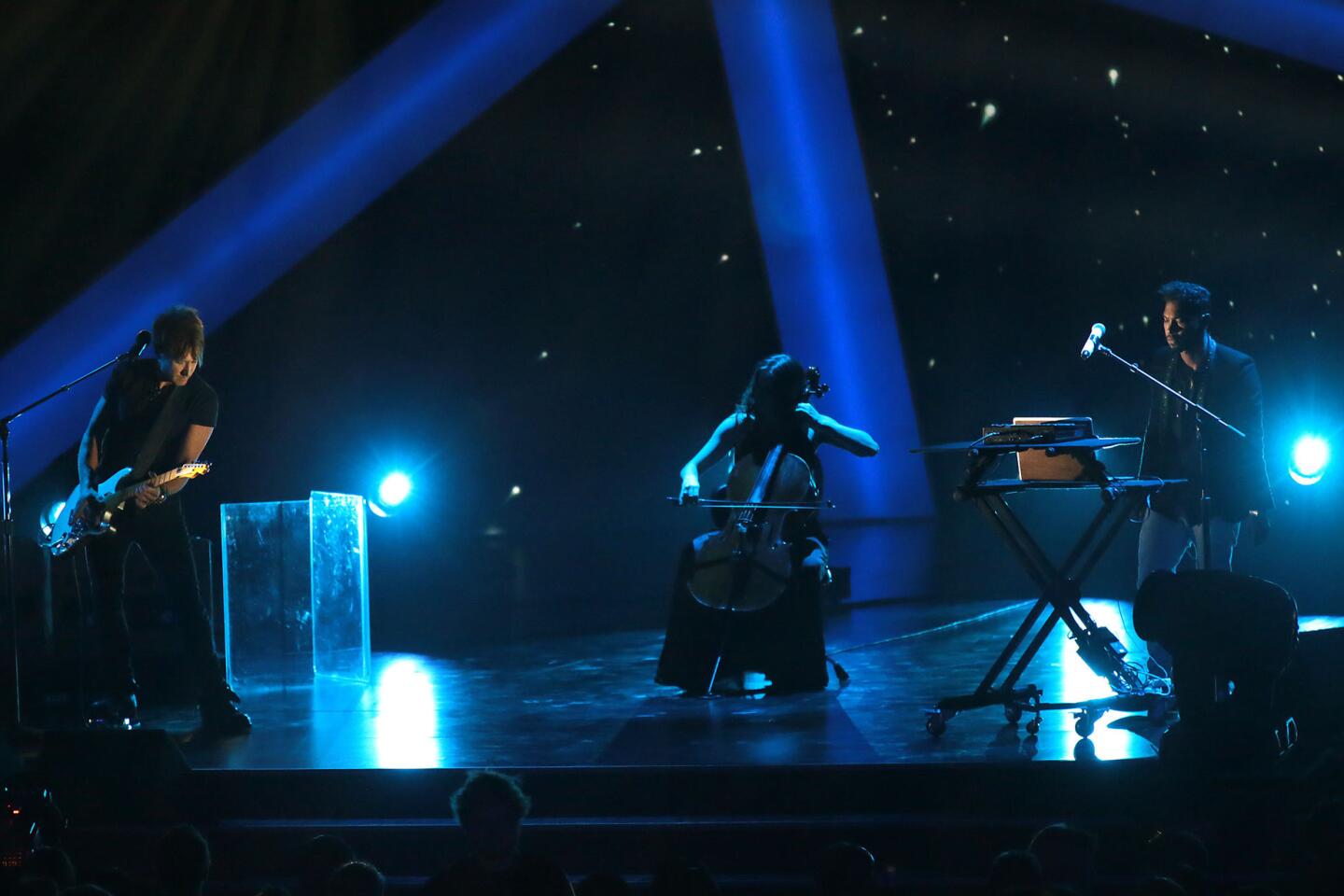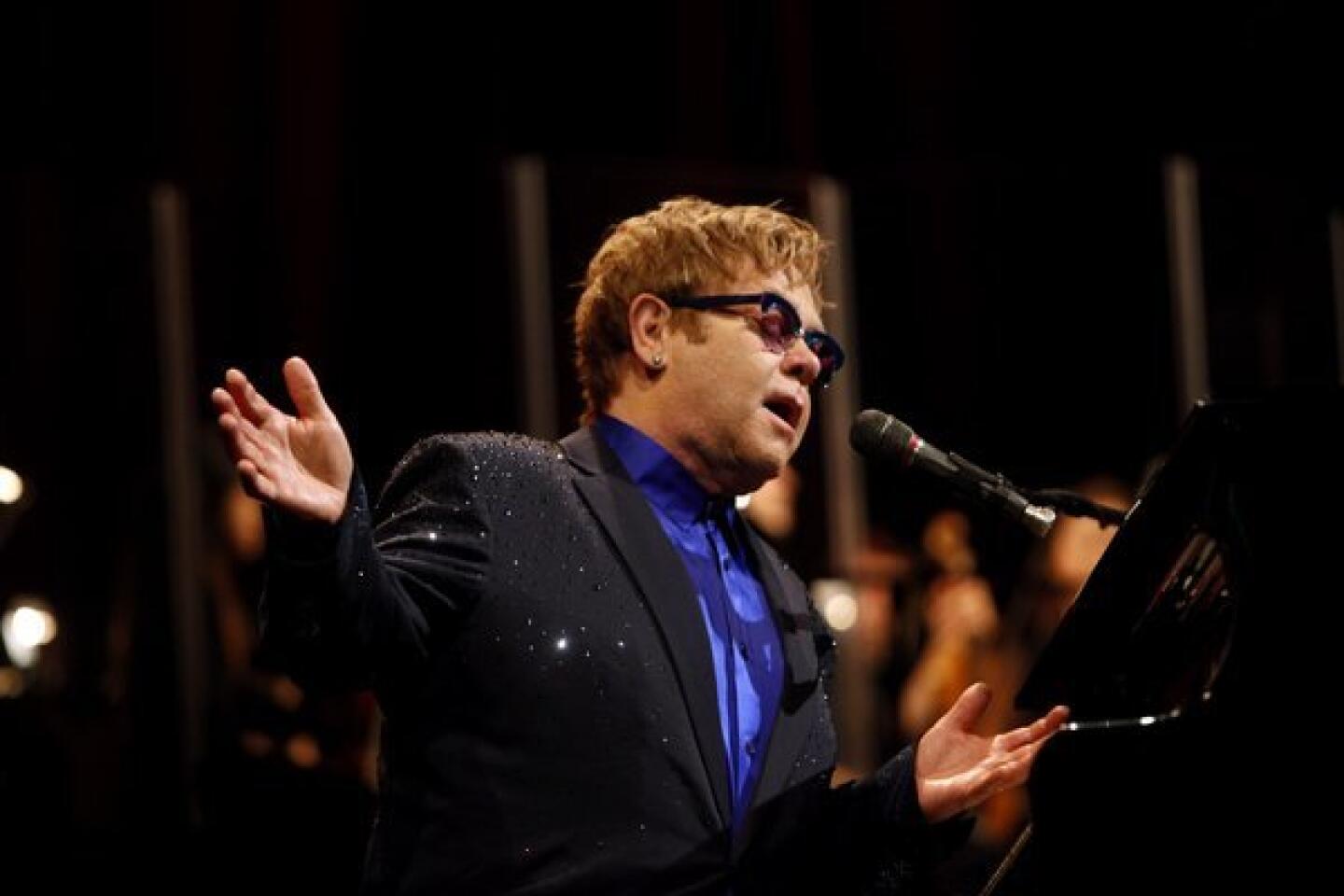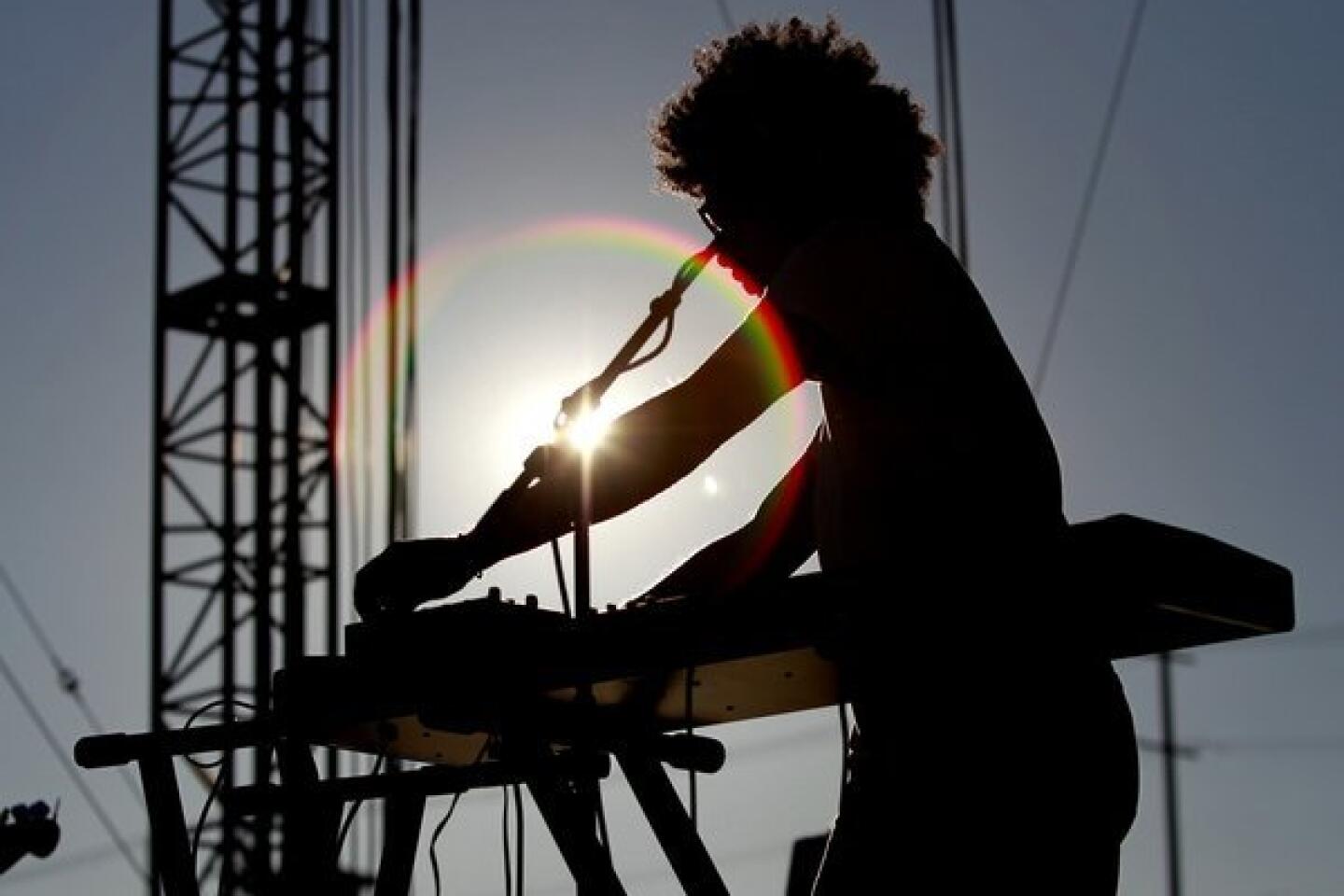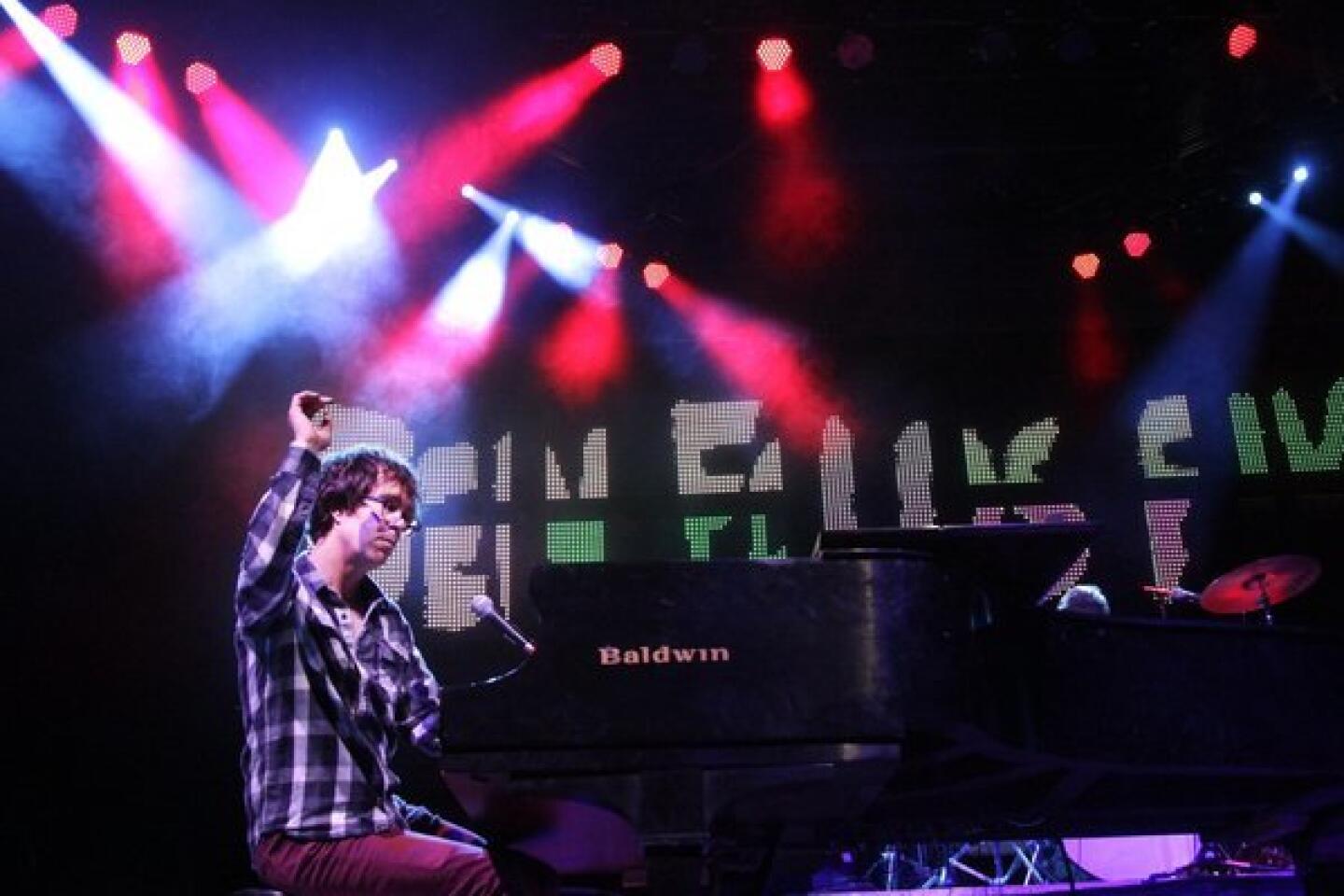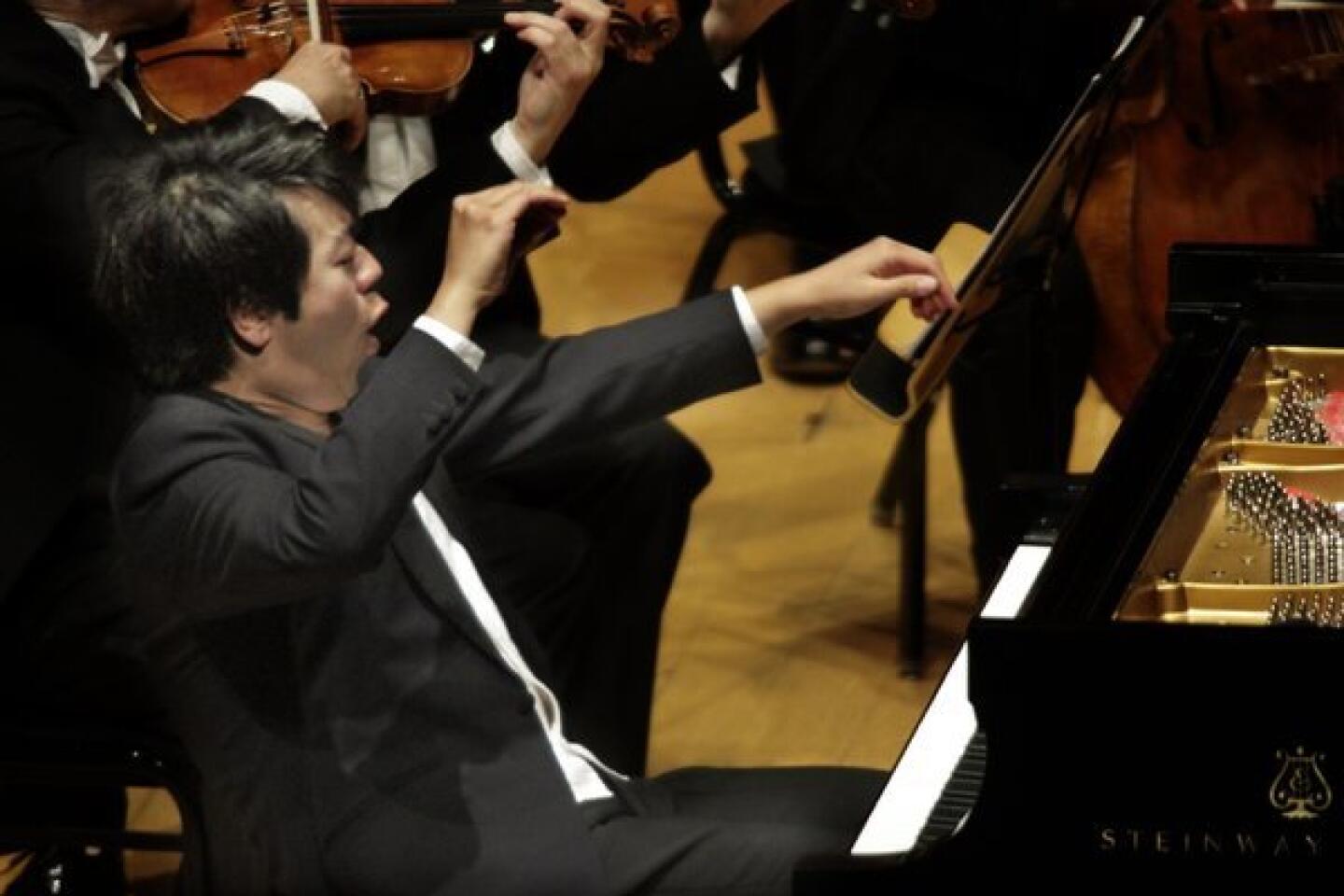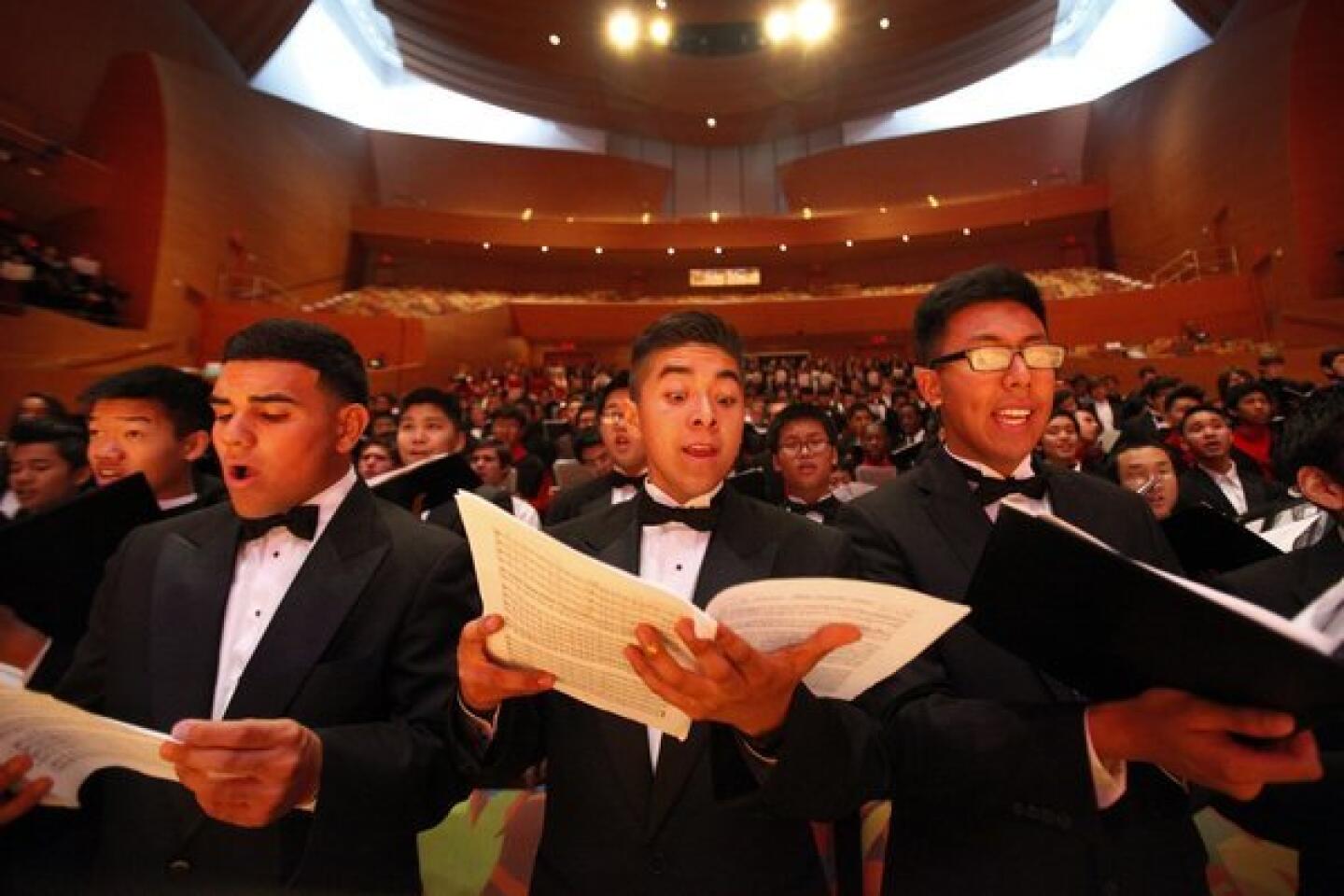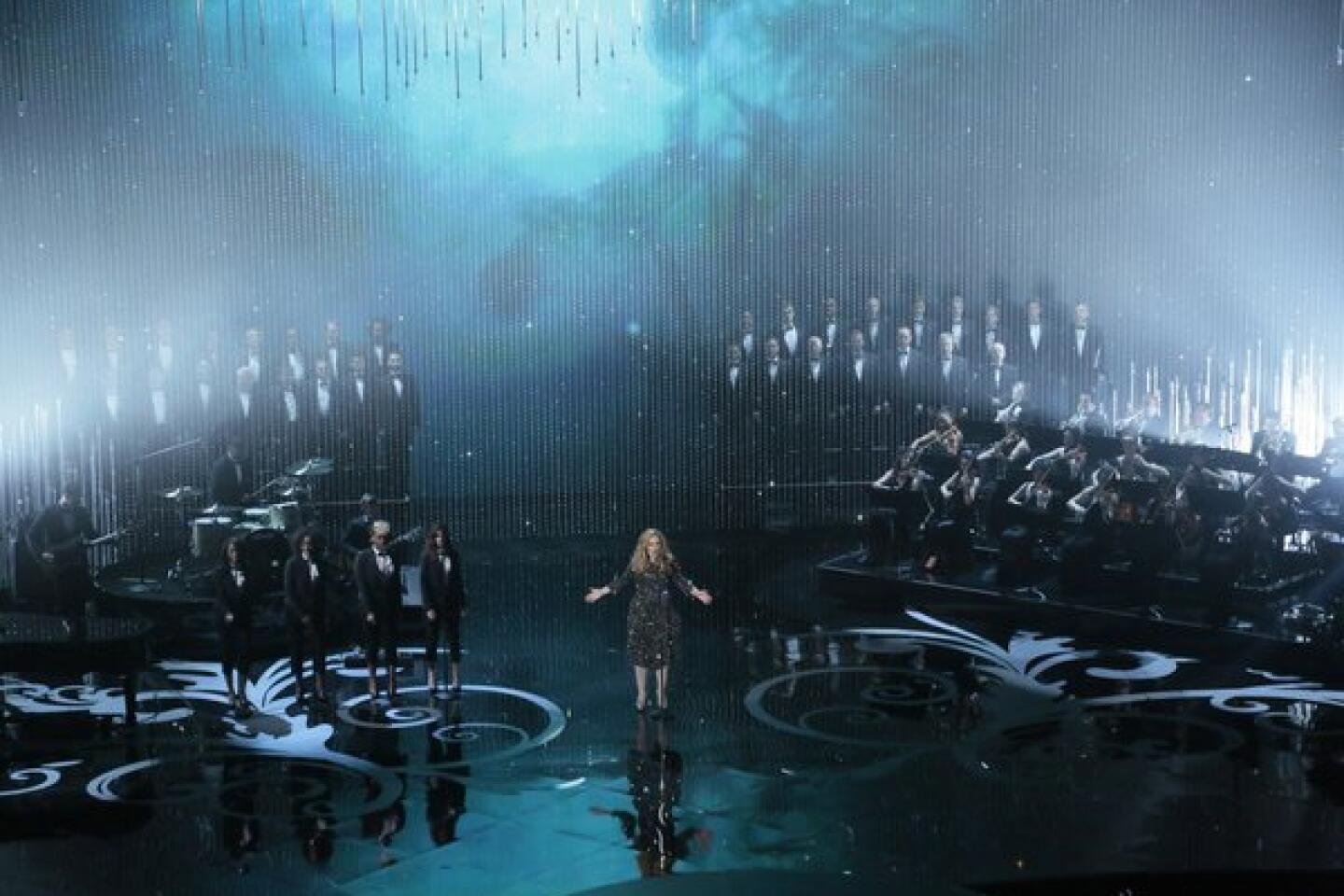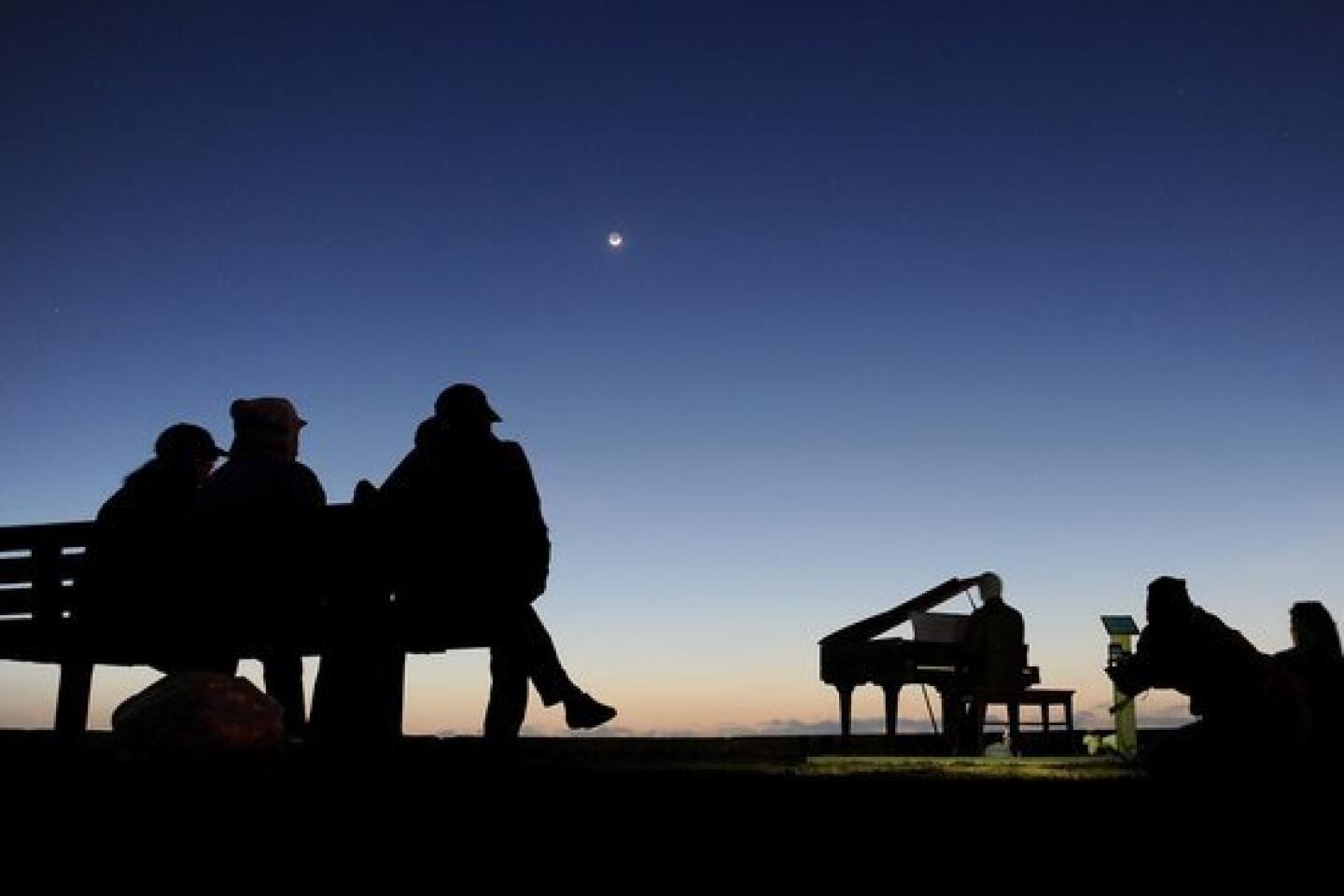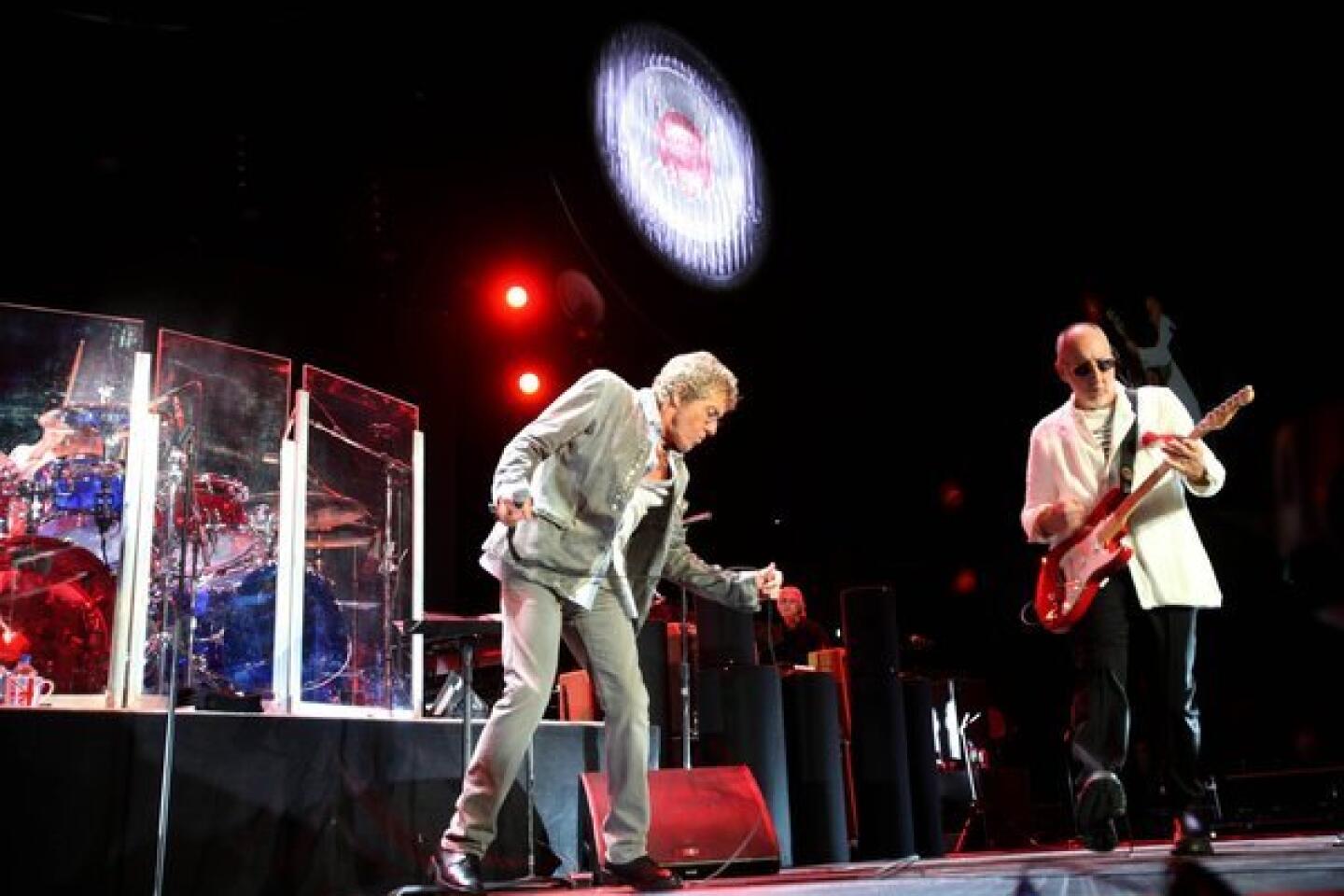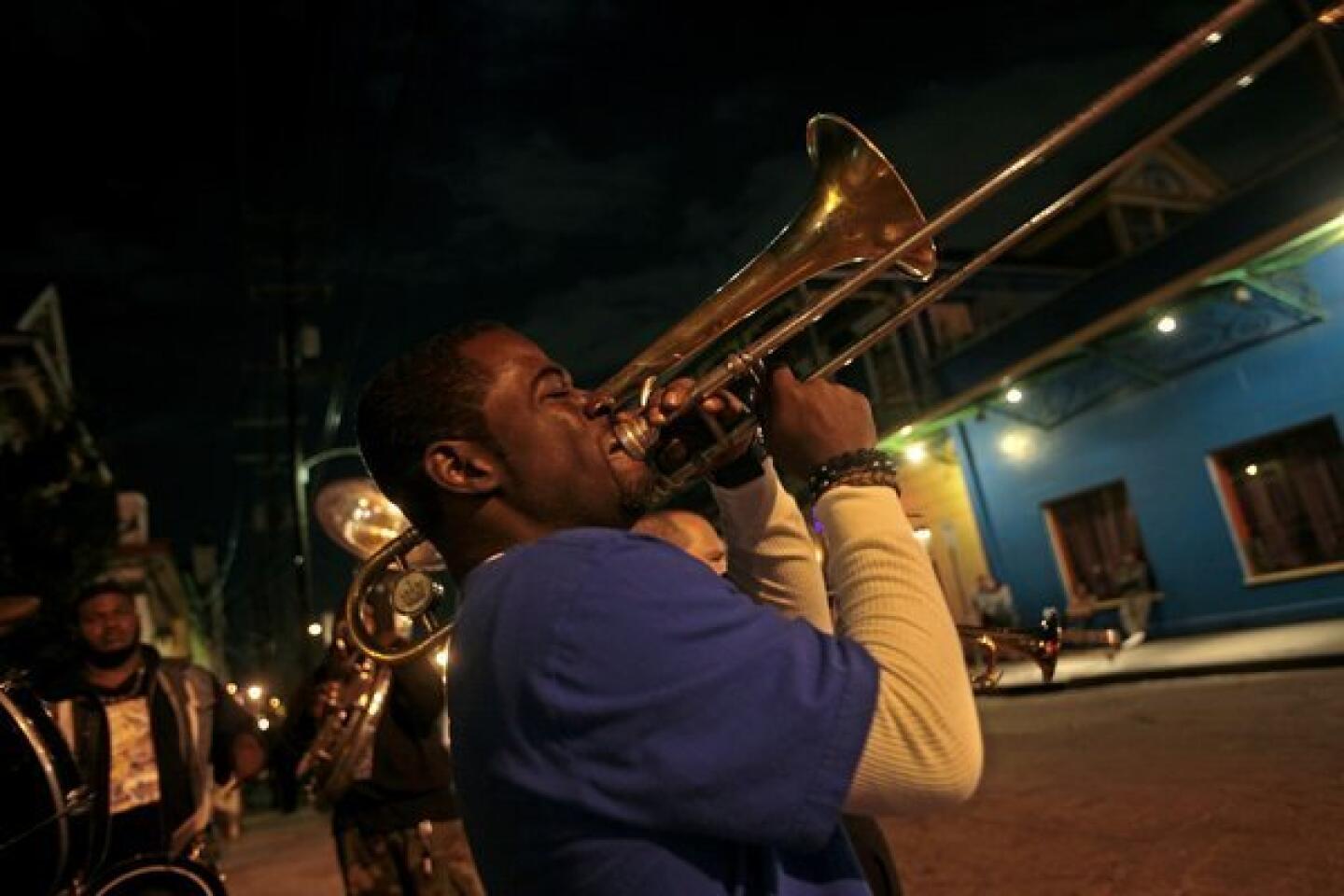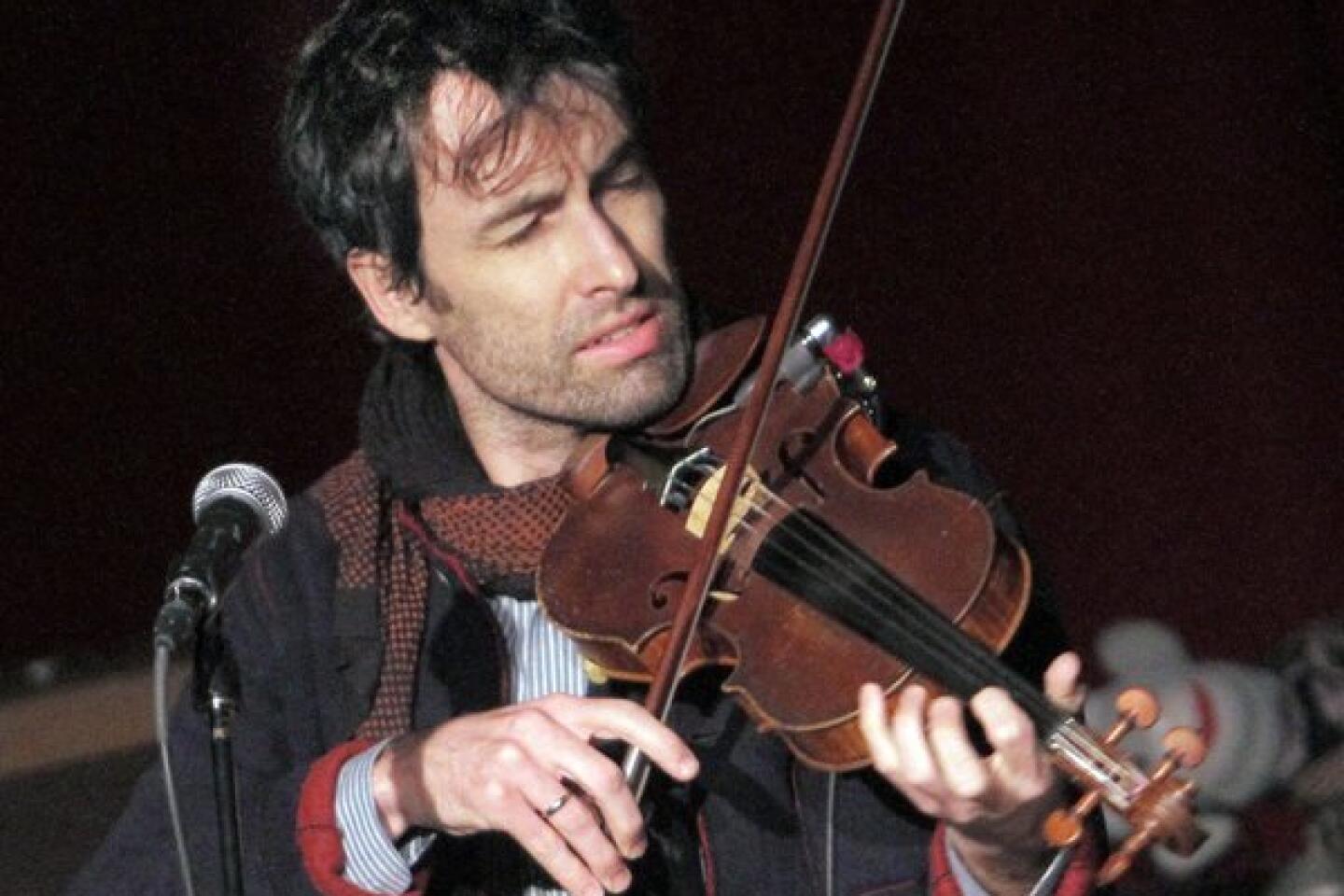Spirit of Asia’s long-ago past makes itself heard
Those looking to vanish into an unfamiliar realm have a new vehicle: “Longing for the Past: The 78 RPM Era in Southeast Asia.” The transcendent four-CD compilation and hardbound book collects nearly 100 early recordings from Burma, Cambodia, Thailand, Indonesia, Malaysia and elsewhere, examining the creators and the budding business that supported them.
Compiled, edited and designed by David Murray, an early Asian music expert and founder of hajimaji.com, and published by the Atlanta-based archival imprint Dust-to-Digital, “Longing for the Past” is a kind of kin to the label’s Grammy-nominated 2011 collection of early African recordings, “Opika Pende: Africa at 78.” But to these Western ears, the sounds are even more distant, at times seeming resurrected from a barely visible past.
As is often the case with Dust-to-Digital, the packaging is something to behold. Filled with troves of information about the birth of Southeast Asia’s recording industry and hundreds of photos of musicians, it will thrill anyone curious about the first recorded music of the region — or anyone interested in antique sounds.
INTERACTIVE: A festival for every fan – SoCal’s yearly sonic lineup
Those looking to hear the music of Ma Kyi Aung, Burma’s most popular recording artist of 1933, for example, are in luck: She’s featured in the collection, along with a prodigious sandaya (piano) player named Maung Kyaw, whose virtuosity is apparent on “Maung Kyaw Ei Sandaya Nyunt: Ah Hson.” Restless for some time travel? “Miss Whiskey,” by a wobbly, giggling actor-singer named Myat Lay, is an early example of silent film music in Burma, and it connects both the traditional sounds of the region with the British imperialists who imported their language (and booze) into Rangoon. These culture clashes dot the collection and confirm a world moving from ancient to modern.
The most fascinating discoveries are of sounds that have been nearly buried by time. The 1931 Vietnamese recording “Gui Thu” (“Sending a Letter”), for example, documents a creative form that’s akin to a singing telegram. One could hire a musician to turn words into song, and she would then accompany the writer and deliver to a friend the message and music face to face. For their part, a recipient “would strike a small drum in such a way that he could rhythmically comment on the poem ... making the friend both performer and critic,” writes liner-notes contributor Jason Gibbs.
The 1931 Vietnamese song “Chant de Bateliers” (“Song of the Boatmen”) is an example of “vigil music,” Gibbs says, which served “to help guide the spirit to the next world.” Eight decades later, it’s serving another purpose: helping to guide curious spirits to the past one.
More to Read
The biggest entertainment stories
Get our big stories about Hollywood, film, television, music, arts, culture and more right in your inbox as soon as they publish.
You may occasionally receive promotional content from the Los Angeles Times.



